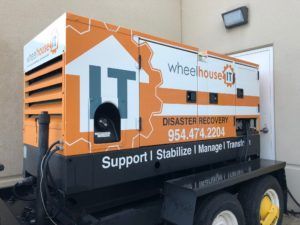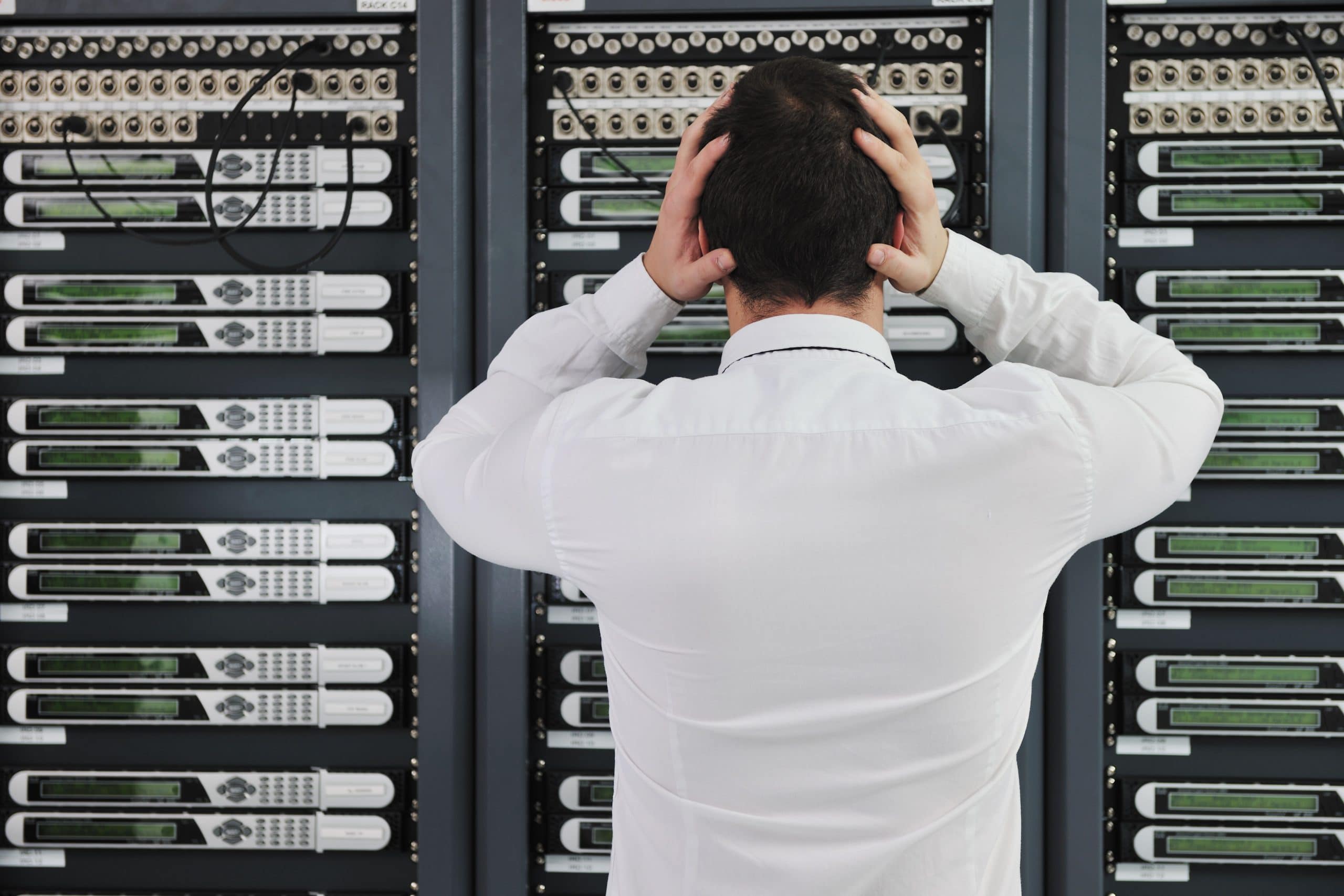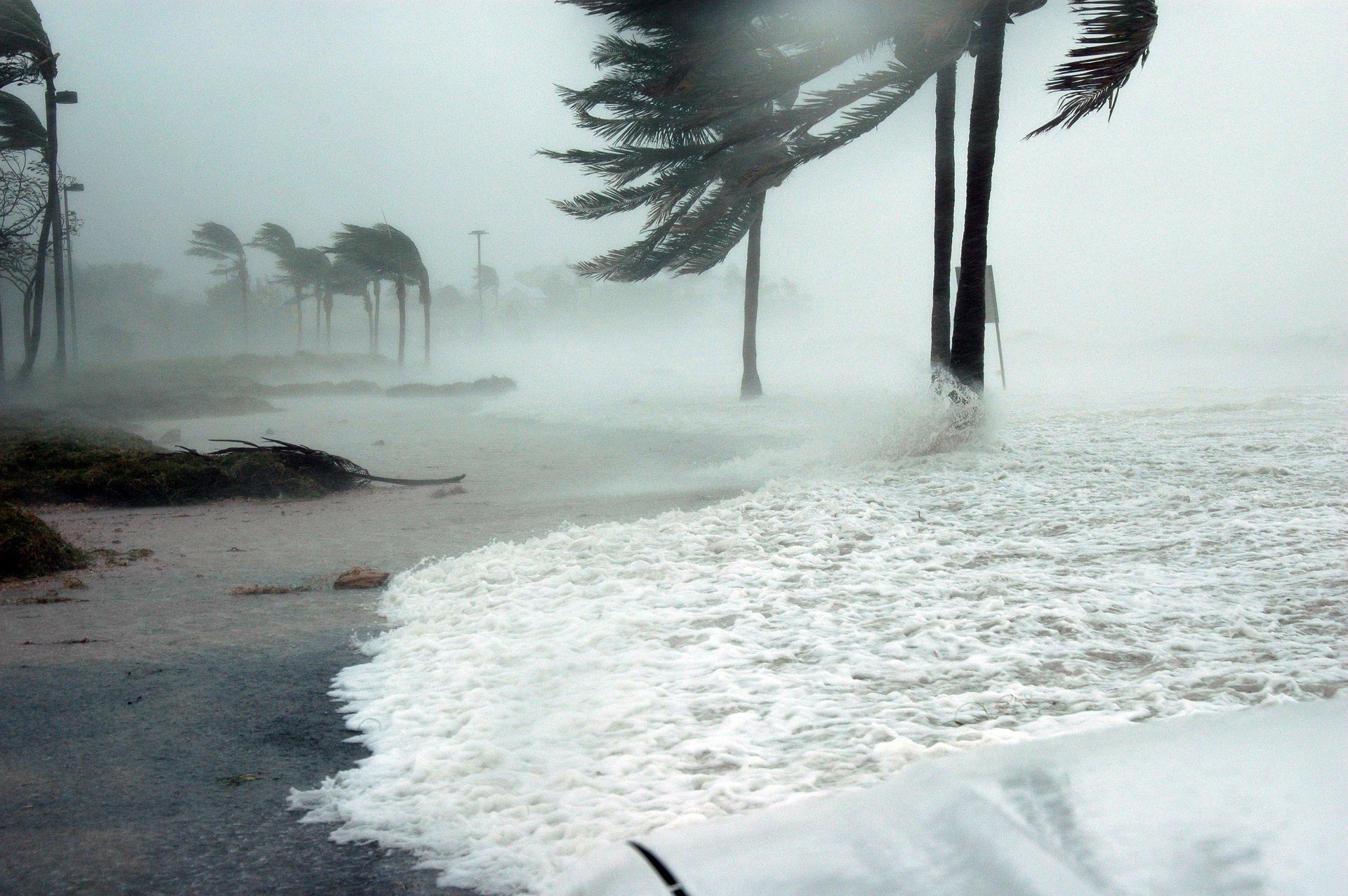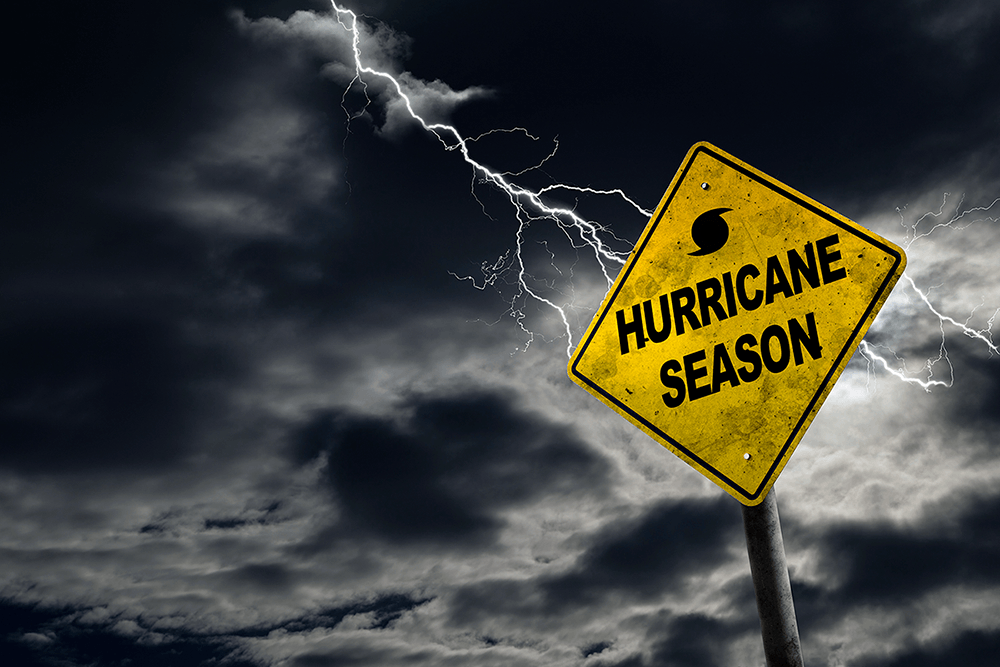What would happen if your organization lost all accounting and tax data? How about payroll data? What if you are in the middle of your busiest season ever and your company loses all recent sales orders? Here are 3 reasons why your business needs an offsite backup.
Continue readingHow to Get Full Price for Assets Damaged in a Natural Disaster
When a natural disaster damages your business’s property, you’re going to have to deal with an insurance claims adjuster who is instructed to give you the lowest value they can for your item. Learn how you can ensure that you get the true price for your assets.
Continue readingHurricane Season is Half Over – Be Prepared for Next Year’s
We have almost made it through this year’s hurricane season, but unfortunately, this doesn’t mean that businesses will suddenly be safe again.
Many businesses that are impacted by these kinds of disasters are unprepared, and so when push comes to shove, some ultimately close their doors after trying (and failing) to bounce back. We’re going to tell you how to help avoid this outcome for your business the next time there’s a disaster.
Don’t Go in Blind
First, as is the case with any kind of disaster, you need to have a business continuity plan prepared that addresses what you need to do in response.
While weather is an important part of that, many businesses that don’t have to deal with things like hurricanes forget that there are many other factors that can come into play. A full 30 percent of all downtime is caused by any of numerous environmental factors – including flooding, yes, but also extreme temperature, humidity, and others.
You need to be sure that you know what your risk factors are, and that you have the systems in place to see them coming. While you may not want to make the investment into a monitoring system, its cost is minuscule compared to what an unforeseen disaster can incur.
Downtime costs alone have jumped up by 38 percent in the last eight years, making any investment to avoid the ill effects of a disaster well worth it. Hurricanes have become larger and, in some areas, even the run-of-the-mill rainstorm can drop over 70 percent more water than they have in the past. As a result, you need to know what makes your business vulnerable.
Plan for The Worst…
Once you know the risks, you need to identify what would constitute your business’ worst-case scenario and prepare yourself to deal with that. Naturally, an off-site data backup is going to be a key part of this. Make sure that your business’ data is backed up in multiple locations, away from your actual workspace. This keeps your data that much safer, as it reduces the likelihood of a single disaster wiping out both your business’ stored data and the backup you’ve kept.
You will also need to ensure that your business has a communications plan to ensure that you can confirm the safety of your employees throughout the hurricane, as well as to keep your clients informed of your status. You may also want to consider, depending on your risk factor, keeping a supply of provisions in the office in case you and your team find yourselves stuck there by conditions outside.
It isn’t uncommon that a disaster should make the complete shutdown of a business the best available option. Make sure your plan addresses both how to initiate such a shutdown, and how to start your business back up once the threat has passed.
…And Negate It
Once your plan is prepared, you should do all that you can to make it so that a disaster will only have limited influence on your business operations. For instance, enabling your employees to work remotely will allow them to resume productivity once they and their families have reached a safe place. You should also make sure your location has the necessary equipment to help mitigate the damage that a hurricane, tropical storm, or whatever disaster pertains to your location, can cause. An example would be maintaining water pumps to help minimize flooding.
Finally, you need to make sure that you and your staff not only know your plan but are prepared to enact it. Just like schools run fire drills, you should have your staff practice what they need to do in the midst of a hurricane or some other disaster.
WheelHouse IT can help. Our experience with backup and disaster recovery solutions allows us to handle that aspect of your business continuity planning, leaving you free to focus on the rest.
Call us at (877) 771-2384 to find out more.
How to Be Sure Your Business Continuity Plan is Complete
While it may not be fun to consider the worst-case scenario, it is important that you have a plan to ensure that your business will be able to survive when the chips are down. This plan to ensure that your business will continue is called (appropriately enough) a business continuity plan, and needs to address a few things that we will go over here.
In order to really be effective, a business continuity plan needs to be comprehensive – otherwise, your operations will still be interrupted when you encounter a lack of some resource that you need access to. A complete plan will document the following considerations and the strategies for completing them:
Threat Matrix
The first thing your plan should address is the variety of threats it might face, from the mundane events that can be mitigated with relatively little effort to the catastrophic, do-or-die disasters that require in-depth planning and proactive activities to weather. This portion of your plan should acknowledge these threats and propose your company’s response to them.
Critical Processes
Every business has workflows, chains of command, and other processes that it requires to properly operate. Your business continuity plan needs to both identify and detail these processes so they are able to continue with minimal interruption.
Command Chain
Or in other words, who’s in charge. A hierarchy of authority is crucial to the continuation of the business as someone needs to be in command, and equally importantly, have it be common knowledge that they are in command to avoid grandstanding. Otherwise, nothing can or will be accomplished.
Employee Safety and Evacuation Plan
In order for business to continue, there has to be someone there to continue it. A business continuity plan needs to have a dedicated section that addresses how and when to evacuate employees to ensure their safety in a dangerous situation.
Communication Plan and Contact Information
Anyone associated with your company, from your employee to your clients to your business partners, needs to be kept in the loop throughout whatever scenario is in play. Your plan needs to address when, how, and why different contacts should be updated.
Backup Processes and Location
In order for your business continuity preparations to be complete, you should be maintaining a backup somewhere offsite – ideally in a cloud solution. Another piece of your plan should be dedicated to ensuring that this backup can be accessed. This also pertains to the possibility of identifying a backup location to turn to when your original offices are uninhabitable in order to resume at least some semblance of productivity.
Inventory and Infrastructure
There are a lot of pieces to the typical workplace infrastructure, including hardware and software. Therefore, you need to be sure that you can reliably identify the inventory and infrastructure you had for both insurance purposes and to acquire replacements.
End of Incident Criteria
Just like you need to know when something crosses the line over to “disaster,” you need to know when the disaster ends. Creating a list of conditions that must be met before reviewing the damage and beginning recovery will allow you to more efficiently begin the process, without jumping the gun and taking more damage.
Post-Incident Debriefing
Finally, when the dust has settled, you need to survey the damage and deliberate how things could have been handled better. Take the opportunity to review your business continuity strategy and make any changes and improvements. Your business continuity plan should also include a template to create a questionnaire to have your contacts fill out to give you the maximum amount of feedback and insight. This will allow you to make your plan better, in case of “next time.”
If you see to proactively considering, strategizing, and documenting these facets to your plan, you will have a much greater chance of a successful recovery. WheelHouse IT can assist you with the technological aspects of it. Give us a call at (877) 771-2384 for more information, or to get an evaluation of your current solutions.
2018 Storm Ready
Every business should prepare for the worst. Those that don’t may never fully recover from a disaster. But not all disasters are created equal. And not all businesses are at risk for every kind of disaster. At WheelHouse IT, we understand what it means to be storm ready! With the 2018 Hurricane Season, officially here our team has reviewed and refined our hurricane plans.

The WheelHouse IT team have tested our 60,000 KW generator and the redundancies to our office in Fort Lauderdale. While hurricanes and coastal storms can force a business to be closed for days if not weeks at a time we take our business continuity serious.
The preparation from WheelHouse IT includes but is not limited to:
- The systems used by WheelHouse IT to support your business are strategically hosted in data centers far away from exposed coastal areas in the United States. This ensures that even if our office is closed, our systems are up 24/7/365.
- WheelHouse IT maintains a support staff in multiple locations including our offices in New York and Los Angeles with remote teams in Iowa and Arkansas, enabling us to continue providing remote support even in an extreme event where our Florida office could be temporarily down. We also work to have hotels booked in several cities outside of the storm impact area where members of our team will be located for the duration of the storm.
- The entire WheelHouse IT team is equipped with company-issued wireless hotspots enabling them to provide support from wherever they have safely relocated to, in the event that the operations at our Florida office are interrupted.
- Our Fort Lauderdale office is equipped with a generator to allow our office to run at full capacity even if the power cannot be immediately restored by utility crews following an outage.
- On a quarterly basis, our team runs an internal business continuity tests to ensure that we are prepared to support your business should a Hurricane impact our Florida office.
- Our team understands the impact that hurricanes have on our customers. With safety being our top priority, they are committed to returning to work immediately once a hurricane has subsided to respond to any on-sites that may be needed after the storm.
- Our Fort Lauderdale headquarters is strategically located in a well-protected and resilient environment that can withstand most storms.
- Even though we have put extensive measures in place and were online hours after Hurricane Irma passed, hurricanes are a major natural disaster with unpredictable damage, there is no way we can guarantee that the Fort Lauderdale office will be 100% online immediately after a storm. WheelHouse IT is, however, well distributed and will be online in non-impacted locations.
Throughout this 2018 Hurricane Season, please keep an eye out for additional emails from our team. These emails will come from [email protected]. We will communicate with you about updates we receive from the National Hurricane Center as well as steps we are taking to protect your business during this Hurricane Season.











